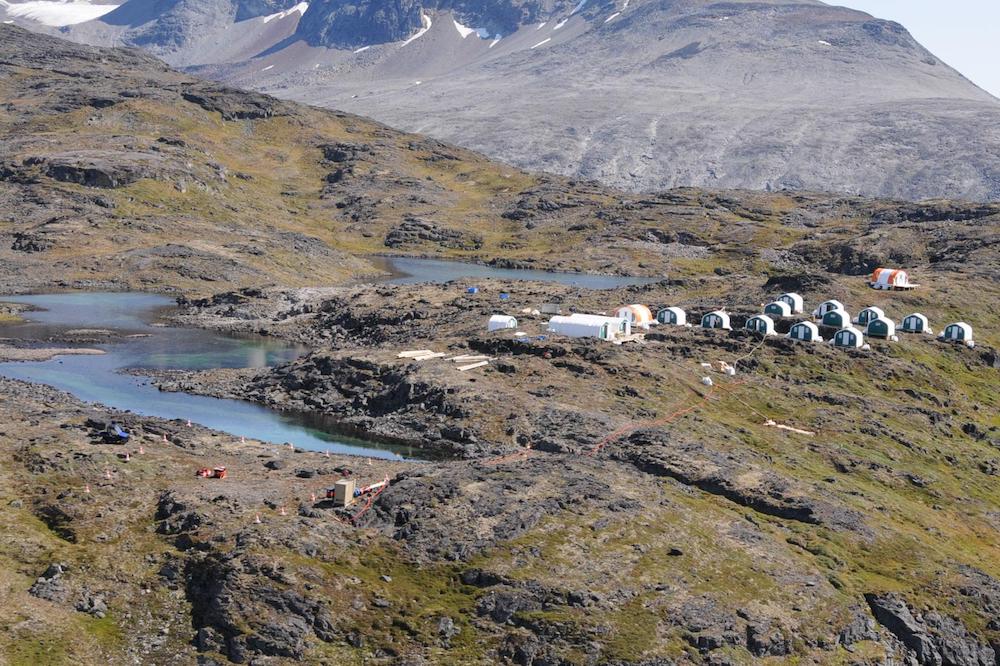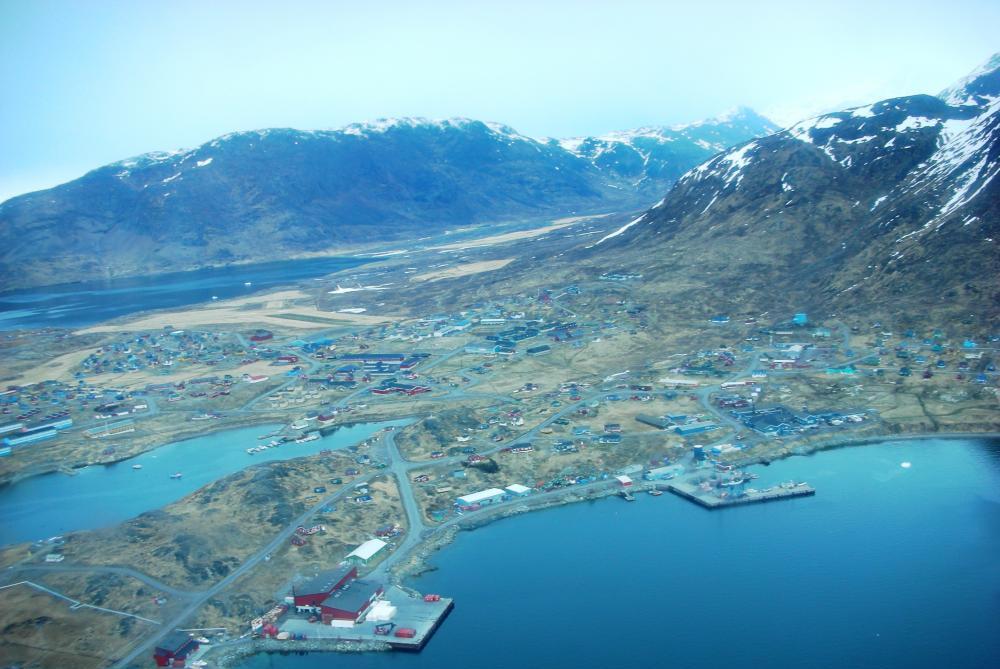A controversial Greenland mine passes a key regulatory hurdle, and heads for public comment
Authorities are now satisfied with Greenland Minerals’ thrice-rejected environmental impact assessment for the Kvanefjeld uranium and rare earths project.

One of Greenland’s most controversial mining projects, a proposed uranium and rare earths mine, has reached what its owners describe as a “major” milestone in its approval process, after authorities said a revised version of the environmental impact assessment met all the requirements for it to be accepted for public review.
Greenlandic law requires that mining companies submit an independently prepared environmental impact assessment when seeking permission to begin operations. The assessments must indicate what damage the mine could be expected to cause during its construction and operation, as well as any problems it could cause after operations cease.
Greenland Minerals, an Australian-listed firm formerly known as Greenland Minerals and Energy, began conducting preparatory work in the Kvanefjeld area of southern Greenland in 2007.
Its first environmental impact assessment, submitted in 2015, as well as subsequent revisions submitted in 2018 and 2019, have all have been all rejected as being incomplete.
This version was drafted after multiple meetings with approval authorities to determine the major shortcomings of the assessment, which resulted in an assessment that the authorities were “very satisfied with,” according to a statement issued by Greenland Minerals to the Australian stock market on Wednesday.
Now that Greenland’s mining authorities have informed Greenland Minerals that the current version meets all its requirements, the firm must translate the assessment into Greenlandic and Danish.
Once those versions are available, the assessment, together with the project’s already-approved assessments of the mine’s social impact and its impact on maritime safety, will be made public and approval authorities will begin a public consultation period.

Any decision about whether to grant approval to begin mining will be in the hands of the administration.
Despite what appears to be official acceptance that the assessment is complete, Greenland Minerals can expect considerable resistance to the project during the public consultation.
While Kvanefjeld is considered primarily a rare-earths mine, getting the minerals (which are used in all manner of modern electronics) out of the ground requires extracting uranium. Greenland Minerals maintains that the main focus of its operations will be rare-earths, but it admits that selling the uranium will add to Kvanefjeld’s profitability, and it is this aspect of the operation and that has been the most hotly debated.
Before uranium mining could even be considered at Kvanefjeld, a Greenlandic law banning extraction of radioactive minerals had to be repealed. The 2013 law-change passed the national assembly by just a single vote, however, and remains a matter of dispute.
[As Greenland nears uranium decision, opponents fear public won’t be heard]
Much of the criticism of the Kvanefjeld mine has centered on concerns that the dust kicked up by activity there would be harmful to residents of the nearby town of Narsaq and damage southern Greenland’s reputation as an emerging agricultural region and a destination for anglers.
Another big concern is that the ponds used to hold toxic mining waste, including radioactive rubble, could leak.
Officials in Nuuk and Copenhagen also found themselves at odds over the mine and who had the final say to permit exports from the site. Although Greenland was granted control of its underground resources in 2009, Danish lawmakers suggested in 2015 that Denmark should control export of ore from Kvanefjeld, because rare earths and uranium could be considered strategic materials.
Nuuk and Copenhagen eventually reached an agreement that would place Kvanefjeld’s uranium exports under Danish oversight. And, according to Greenland Minerals, International Atomic Energy Agency inspectors visited the site in 2018 together with Danish and Greenlandic officials to conduct a final review in order to ensure that it was in compliance with international laws to prevent the spread of nuclear weapons.
[Greenland needs money. Is a uranium mine the answer?]
After Greenland Minerals, in connection with the submission of the 2018 version of its environmental-impact assessment, announced that it was nearing the end of its review, opponents opened a new front in their efforts to prevent the mine from being approved by warning that an adjacent historic site risked losing its UN designation if the mine was permitted.
Greenland Minerals representatives responded, however, that their assessment indicated that dust from the Kvanefjeld operation would not cause radiation in the area in question to rise above unacceptable levels.